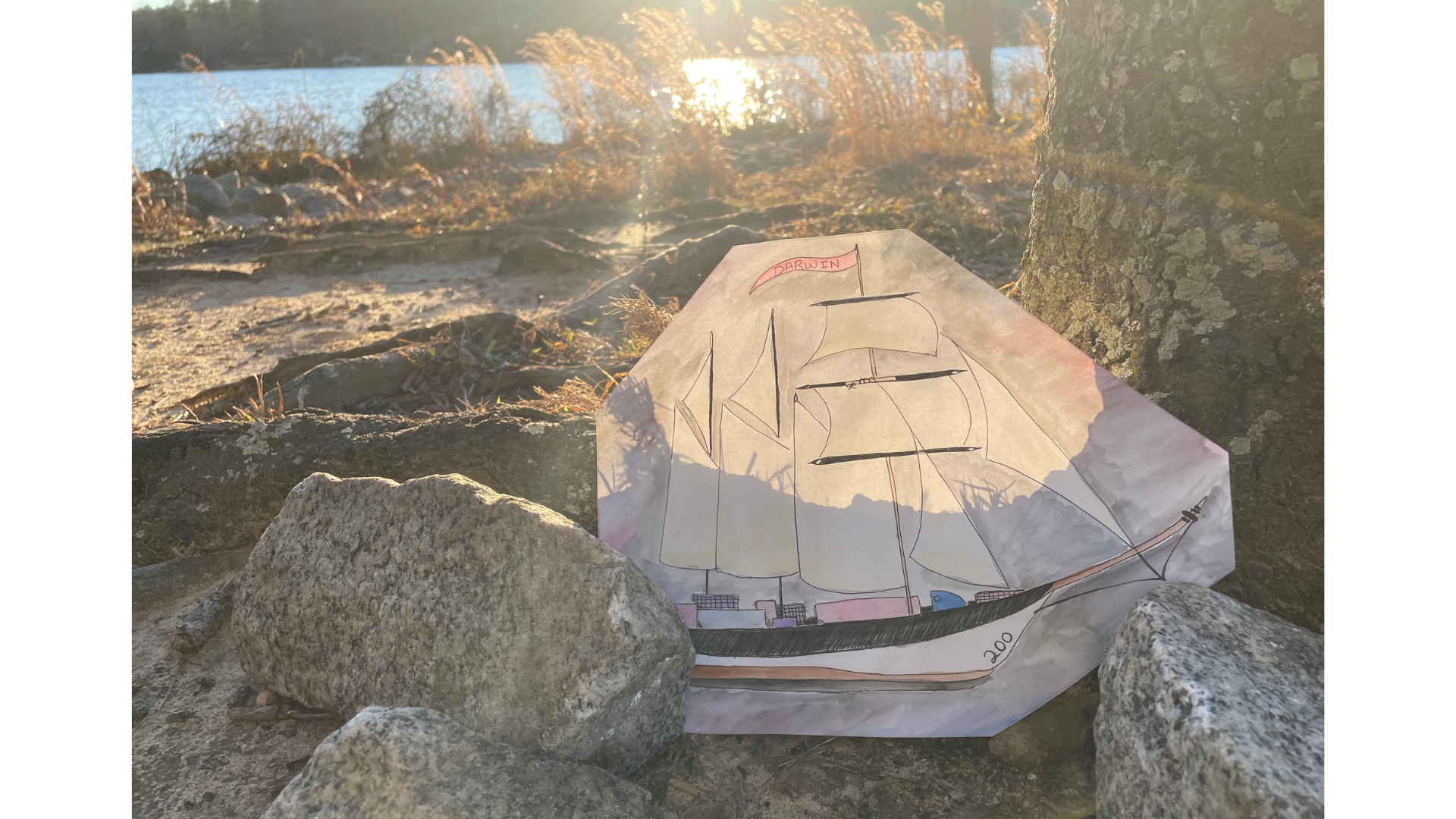On Aug. 15, 2023 a boat named the Darwin200 departed from Plymouth, UK. The ship had embarked on a journey to follow the expedition route of evolutionary scientist Charles Darwin. There are many goals associated with the trip circling around research and learning.
The trip includes 32 voyage legs, or parts of the trip calculated based on the ship’s total departures from ports. They plan to stop at ports associated with where Darwin stepped ashore, and there is a tracker on the ship updating their website periodically.
Darwin200 is a large-scale project that took a decade to plan and prepare for as it is expected to span 2023-2025 and in a worldwide trip. This current voyage is following two smaller previous voyages in 2020 and 2021 circling the UK.
As for the ship they are taking, it is a historic Oosterschelde ship spanning 50 meters that was built in 1918 and restored for the trip’s purpose.
A large part of the voyage centers around youth and learning as it expects to reach 200 million students worldwide. The voyage has three main goals: to empower, inspire, and solve. The number one goal is to empower, train leaders with the hope that they will become the next generation of environmental leaders. To teach in an interesting worldwide classroom to connect populations with nature and conservation. Finally, with many research projects the third goal is to solve the world’s major environmental problems with practical solutions.
There are 8 interactive research studies being led by the voyage to aid in their third goal.



